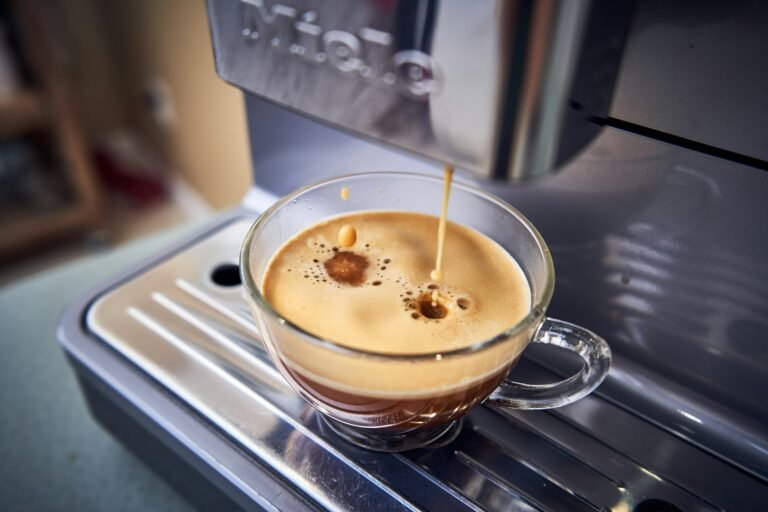Table of Contents
Discover how a food dehydrator can change your kitchen game. Food experts from the US Department of Agriculture (USDA) say that removing moisture can help keep food safe and tasty.
Why Use a Food Dehydrator?
Food Preservation
A food dehydrator removes moisture from food. This step stops bacteria, yeast, and mold. You can store food for months and sometimes years without a fridge.
Pro Tip: Dry apples, bananas, and strawberries to enjoy seasonal fruits all year round.
Healthy Snack Alternatives
You control the ingredients when you make your own snacks. You make fruit leathers, veggie chips, or jerky without extra sugars or chemicals.
Example:
Try making kale chips or apple slices. They are full of nutrients and free of extra preservatives.
Reduce Food Waste
Use your dehydrator to save food that might go to waste. Dry extra produce or leftovers for later use. This is ideal for gardeners or bulk buyers.
Pro Tip: Dry extra herbs before they spoil and use them later in soups or stews.
Types of Food Dehydrators
Stackable Dehydrators
These dehydrators have trays that stack on top of each other. They save space and let you dry different foods at once. They are often less expensive and fit small kitchens well.
Pros:
- Space-saving design
- Usually affordable
- You can add extra trays
Cons:
- Heat may not spread evenly
- Fewer temperature options
Pro Tip: Look for models with adjustable tray heights if you want to dry many food types at once.
Box-and-Shelf Dehydrators
These machines look like small ovens. They have removable shelves that slide in and out. They offer better air flow and even drying.
Pros:
- Even heat spread
- Easy tray access
- Usually more durable
Cons:
- Takes up more counter space
- The price is usually higher
Pro Tip: If you make jerky or large batches often, choose a box-and-shelf model for its capacity and even heat.
Key Features to Look For in a Food Dehydrator
Adjustable Temperature Settings
Foods need different drying temperatures. Herbs and fruits dry best at lower heat. Meats and jerky need higher heat. A model with adjustable heat is best.
Pro Tip: Choose a dehydrator with a range from 95°F to 165°F to suit many foods.
Timer and Auto Shutoff
A timer and auto shutoff let you set the time and walk away. This feature stops over-drying and saves energy.
Pro Tip: Use the auto shutoff if you dehydrate overnight for safety.
Expandable Trays
If you plan to dry more food later, choose a model with extra trays. You can add trays without buying a new machine.
Airflow and Fan Location
Good airflow helps food dry evenly. Some dehydrators have rear fans that push air across all trays. This design works best for uniform drying.
Pros and Cons of Different Dehydrator Types
Stackable Dehydrators
Pros:
- Save space and money
- Add more trays later
Cons:
- Heat may be uneven
- Less advanced features
Box-and-Shelf Dehydrators
Pros:
- Even heat spread
- More capacity
- Extra features like timers
Cons:
- Takes up more room
- Higher price tag
Dehydrating Tips for Popular Foods
Fruits
Fruits like apples, bananas, and berries dry well in a dehydrator. Cut them evenly for a uniform result. Soak them in lemon water to stop browning.
Pro Tip: Sprinkle cinnamon on fruit slices for extra flavor.
Vegetables
Dry vegetables for use in soups, stews, or snacks. Blanch carrots and peas first. This step keeps their color and crunch.
Jerky
You can make jerky at home with a dehydrator. Slice meat thin and marinate it overnight. Use high heat of 160°F or more to be safe.
Pro Tip: Use lean meat so that fat does not spoil during storage.
Conclusion
A food dehydrator is a handy tool. It helps you preserve food, make healthy snacks, and cut down waste. You get to choose natural ingredients and control your meals.
Ready to become a food preservation pro? Try this top-rated food dehydrator: https://amzn.to/3U9SGUj.
I earn from qualifying purchases as an Amazon Associate.
FAQ
- How do I clean my dehydrator?
- First, unplug the machine. Then, let the trays cool. Wipe them with warm soapy water or put them in the dishwasher if safe.
- How long does it take to dehydrate food?
- It varies by food type. Most fruits take 6-12 hours, while jerky may take up to 24 hours.
- Can I dehydrate food without a dehydrator?
- You can use your oven at a low temperature, but it is less efficient and takes longer.
Explore this topic: Kitchen
Last updated on August 7, 2025








